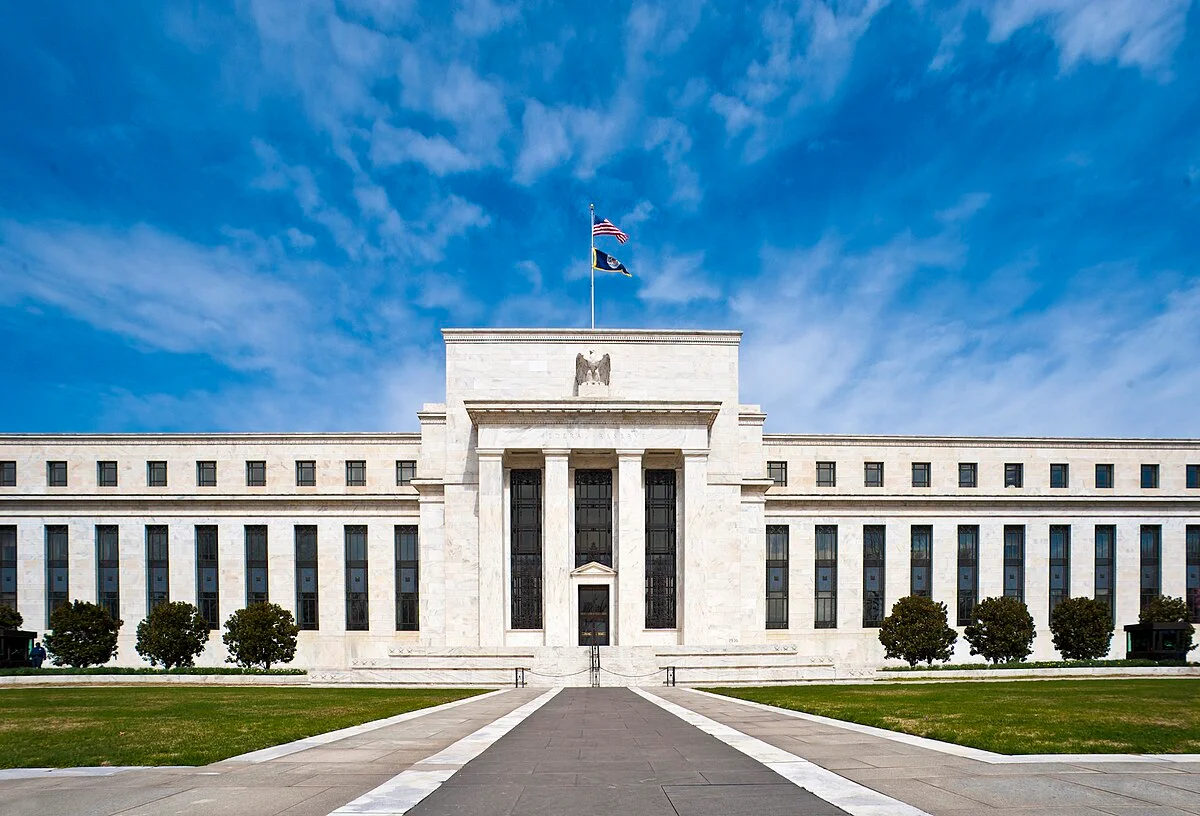The Fed Holds Rates Steady, but Inflation Persists, Unemployment Concerns Grow, and Markets Remain Directionless
The Fed kept interest rates unchanged, yet inflation isn't coming down, concerns over unemployment are rising, and markets are struggling to find direction. Economic data remains strong, but the future is still unclear. After every meeting, we see the same picture: uncertainty and efforts to read between the lines.
Why Did the Fed Keep Rates Steady?
At the Federal Open Market Committee (FOMC) meeting held on May 6–7, 2025, the Fed decided to keep the federal funds rate unchanged in the 4.25%–4.50% range. But why?
In fact, there are several clear reasons behind this decision, all of which are directly tied to today’s economic vulnerabilities:
- Inflation Remains PersistentThe Fed’s main focus is the risk that inflation may not be transitory, but rather persistent. According to the minutes, price pressures may last longer than expected. This signals a cautious approach and a reluctance to act hastily on monetary policy.
- Current Policy Is “Moderately Restrictive”Fed officials believe that the current policy stance is applying a measured amount of pressure on the markets. The goal is to slow down the economy in a controlled manner, without completely stalling it.
- Waiting for ClarityThe minutes indicate that economic uncertainty persists. Due to unclear trade policies, global influences, and mixed data, the consensus is that policy changes should be avoided until a clearer picture emerges.
Inflation and Unemployment: The Fed’s Two Main Risk Focuses
The minutes reveal that the Fed is not only concerned with interest rate decisions but is also closely monitoring two major risks in the economy: persistent inflation and potential weakness in the labor market.
Inflation Isn’t Falling—It’s StabilizingWith inflation still well above the annual 2% target, it remains a top priority for the Fed. The minutes emphasize that price increases may prove more persistent than expected. As a result, monetary policy decisions are being made cautiously and over time.
Is the Labor Market Starting to Crack?The economic slowdown may begin to impact the labor market. Fed officials are raising the possibility of a potential rise in the unemployment rate. This shows that policymakers are taking into account not just price stability, but also labor market balance when making decisions.
Cracks in the U.S.’s Safe-Haven Status?
One of the most striking points in the Fed minutes was the concern over the U.S.’s role in the global financial system. There are growing questions about how current trade policies might impact this status.
Trade Policies Are Creating UncertaintyFed officials have noted that the recent protectionist trade policies could negatively impact investor confidence. A shift in global trade flows could damage the perception of U.S. assets as a "safe haven."
What Happens if Global Confidence Erodes?If the U.S.—traditionally the go-to destination during times of crisis—loses this position, capital flows may shift to other regions. This could increase volatility in the dollar, stock, and bond markets. The consequences would be significant not just for the domestic economy, but for global economic balances as well.
What It Means for Investors: What’s Next?
The minutes show that the search for clarity regarding the economic outlook continues and that a cautious stance will persist. In this environment, there are several key points that investors should pay attention to:
Five Key Considerations During Uncertainty:
- Closely Monitor Monetary Policy SignalsThe minutes show that the Fed’s decisions are data-dependent. This makes statements, data releases, and press conferences even more important.
- Keep Portfolio Diversification a PriorityIn times of high economic uncertainty, it’s safer to diversify investments rather than focusing on a single asset.
- Track Employment and Inflation Data CarefullyThese two indicators are among the most decisive in shaping the Fed’s decisions. Upcoming data will be critical in determining market direction.
- Be Prepared for the Impact of Geopolitical DevelopmentsFactors such as foreign trade, election uncertainties, and global relations can trigger market volatility.
- Avoid Short-Term Speculative Moves as Risk Perception RisesDuring periods of high volatility, it is more strategic to take a medium-to-long-term approach.
The Fed’s Message Is Clear: “Wait and See”
The FOMC minutes show that the Fed is maintaining its cautious stance and will continue making data-driven decisions. Inflation remains a key issue to keep under control, while the risk of rising unemployment is being closely watched. Trade policy’s global impact is emerging as another area of vulnerability.
Therefore, any upcoming steps will require a multi-layered strategy that considers both domestic dynamics and global effects. While market direction remains unclear, the Fed’s message is unmistakable:
Until the economic picture becomes clearer, staying cautious will remain the primary policy approach.




